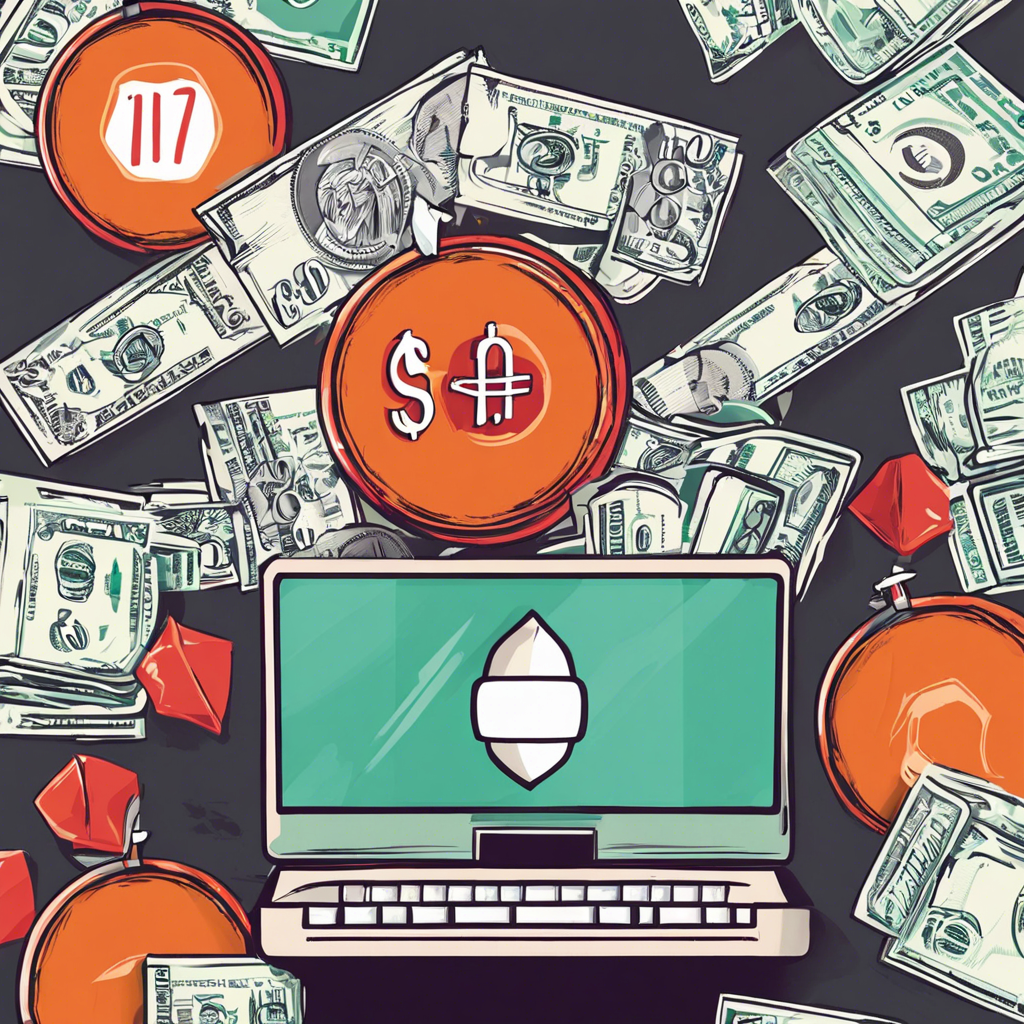An emergency fund is a crucial financial safety net that everyone should strive to have. Life is full of surprises, and having a cushion of savings can help you navigate the unexpected with greater ease and peace of mind. But what exactly is an emergency fund, why do you need one, and how can you build it?
First and foremost, an emergency fund is a dedicated savings account that covers your essential expenses for a specified period, typically three to six months. This fund is meant to be used for unexpected and urgent expenses, such as a car repair, medical bills, or a period of unemployment. By having this buffer, you can avoid dipping into long-term savings or racking up high-interest debt.
The importance of an emergency fund cannot be overstated. It provides financial security and empowers you to handle life’s curveballs without derailing your long-term financial goals. With an emergency fund, you can maintain your stability and avoid the stress and worry that come with being unprepared for unexpected costs.
So, how do you go about building this crucial fund? It all starts with setting a realistic target amount. Consider your monthly expenses and essential commitments, then multiply this number by the number of months you want the fund to cover. Three to six months is a common goal, but you can adjust this based on your personal situation and job security.
Once you have a target, it’s time to get saving. Evaluate your budget and identify areas where you can cut back on non-essential spending. Redirect this money into your emergency fund. You can also boost your savings by putting windfalls, like bonuses or tax refunds, directly into the fund.
Discipline is key when building your emergency fund. Try setting up automatic transfers from your paycheck or regular contributions from your checking account. By making it a priority, you’ll be surprised at how quickly your savings grow.
It’s also important to ensure your emergency fund is easily accessible when needed. Keep it in a high-yield savings account that offers liquidity and a competitive interest rate. This way, your savings can grow while remaining readily available for unexpected expenses.
Building an emergency fund takes time and dedication, but the peace of mind it brings is invaluable. Start today by setting a savings goal and automating your contributions. Remember, life is unpredictable, and having a financial cushion will help you weather any storm.
One of the biggest challenges in building an emergency fund is staying motivated. It can be tough to prioritize savings when there are so many other financial demands and desires vying for your attention. To stay on track, remind yourself of the purpose and benefits of this fund. Visualize the security and freedom it will bring, knowing you have the means to handle whatever life throws your way.
It’s also helpful to track your progress and celebrate milestones along the way. Break your overall savings goal into smaller, achievable targets, and reward yourself when you reach them. For example, you could celebrate hitting the one-month mark by treating yourself to a nice dinner or a small gift. This positive reinforcement will help keep you motivated throughout the journey.
Additionally, consider finding an accountability partner to support and encourage you. Share your goal with a trusted friend or family member, and check in regularly to discuss your progress. Their support and encouragement can make all the difference in helping you stay focused and committed to building your emergency fund.
In conclusion, having an emergency fund is a vital component of financial wellness. It provides security, peace of mind, and the ability to handle life’s unexpected expenses. By setting a realistic target, evaluating your budget, and making dedicated contributions, you can build a solid financial cushion. Remember to stay motivated by celebrating milestones and seeking support from an accountability partner. With discipline and dedication, you’ll be well on your way to achieving financial resilience and security.
